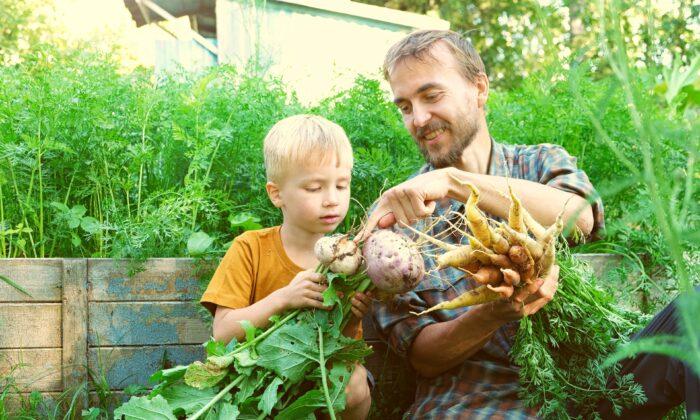“Small is beautiful,” as the saying goes. Everything tiny is cute. Images of tiny kittens and puppies bring about squeals of delight. We stand and look in awe at creatures such as insects, hummingbirds, and bats, which are perfectly formed and yet diminutive in stature. Works of art that are produced in miniature are seen as something extra-special because of the skill needed to produce them; some sculptures are so remarkably small that they can fit in the eye of a needle.
Mini Plants
Take a look around and see how nature does things. Some plants can survive, even thrive, in a small crack in a brick wall. As long as they are well-watered and fed, much is possible. Consider bonsai trees: Many survive for hundreds of years with their roots cramped in small containers which, along with intense pruning, stunt their growth.Many plants are also available in dwarf varieties. What would normally be a “regular” sized tree can be grafted onto dwarf variety rootstock. This is commonly done with fruit trees, allowing you to grow your favorite variety of apple, pear, or plum in a mini version, perfect for a small garden or even a balcony. “Espalier” trees are also a space-saving way of growing fruit on a wall or fence; the branches on the fruit tree are trained to grow horizontally along a frame or wire. The fruits benefit from more direct sunlight, and they’re easily accessible when it comes to picking them.
Creative Solutions
If your outdoor space is truly minimal, there are still plenty of opportunities to cram in color, structure, and edible treats. Tubs of any kind can be filled with plants and clustered together; old barrels, pots, wooden boxes—even wash basins or Wellington boots! As long as they have drainage holes and are filled with appropriate compost, plants will make themselves at home.Bamboo adds architectural interest, acts as a privacy screen, and makes a lovely sound in the breeze. It’s easily grown in a container (a good idea, as it can run rampant) and is elegant and tall without taking up space horizontally.
Not much floor space? Hang everything up! When living in a house with a very small backyard, I attached brackets to the walls overhead and hung hanging baskets full of flowers from them (cherry tomato plants do really well in baskets, too). I also drilled holes in old wooden planks, threaded sisal rope through each one, and tied a knot underneath each plank; the result was multiple, three-tiered shelves that I then hung from hooks screwed into the house wall. They cost next to nothing to make and meant that I could have potted plants growing vertically up the wall. Strawberries can easily be grown in this manner, too, their delicious fruits cascading down the shelving.
Window boxes are also an excellent way to grow a variety of plants, both decorative and edible. Herbs are a favorite and if placed near a kitchen window, are at a convenient arm’s length for cooking. Mint, thyme, chives, parsley, basil, sage, and tarragon can all thrive when grown in this manner. Flowers such as geraniums, petunias, violas, and lobelias add a splash of color and cheer up the dreariest of backyards. These can be grown in boxes placed on windowsills or hung from railings, or in hanging baskets on chains. As long as they’re watered regularly and “dead-headed” to stop the flowers from wasting energy on producing seed, they should continue to flower time and time again.
Flowers, as well as vegetables, can be grown up wall trellises, bamboo poles, or branches woven into a wigwam structure. This “scaffolding” can be secured by pushing the ends into the soil within a large pot or bag of compost. If you feel like getting creative and want to save money, a rather nice planter can be made from an old car tire lined with thick plastic (here, you can use the bag from the compost).
Sweet peas grow tall and have beautiful flowers, which fill any outdoor space with a heady fragrance. Nasturtiums add splashes of zingy oranges and yellows; the flowers and foliage make a wonderful peppery addition to salads. Runner and French beans take little space sideways and secure themselves by twisting around their supports as they climb. Their foliage is lush and provides shade, and, if you choose the variety carefully, you will be rewarded with more beans than you can eat. The humble tomato can even be grown directly in compost bags. What could be easier than that?
Everyone can grow something, no matter how little space is available. If it looks attractive, smells nice, tastes good, or all of the above, it’s worth growing.

